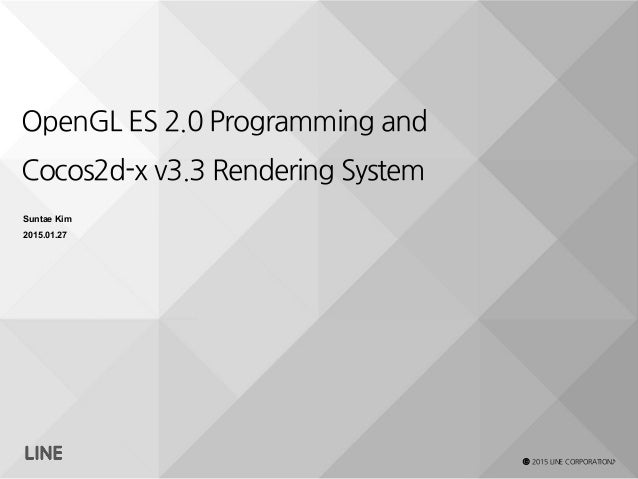

Figure 6-1 OpenGL ES client-server architectureĪchieving great performance requires carefully managing this overhead. These processes add overhead to your app’s graphics performance. The client translates this data into a format that the graphics hardware understands, and forwards them to the GPU. Your app communicates state changes, texture and vertex data, and rendering commands to the OpenGL ES client. OpenGL ES as a Client-Server Architectureįigure 6-1 visualizes OpenGL ES as a client-server architecture. Both perspectives can be useful in planning and evaluating the architecture of your app. This section describes two perspectives for visualizing the design of OpenGL ES: as a client-server architecture and as a pipeline. This chapter introduces key concepts of renderer design later chapters expand on this information with specific best practices and performance techniques. Now that you’ve mastered the basics of using OpenGL ES in an iOS app, use the information in this chapter to help you design your app’s rendering engine for better performance. To create high-performance code on GPUs, use the Metal framework instead.


 0 kommentar(er)
0 kommentar(er)
